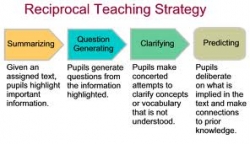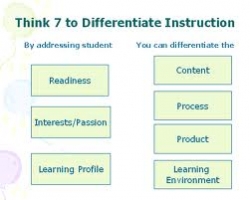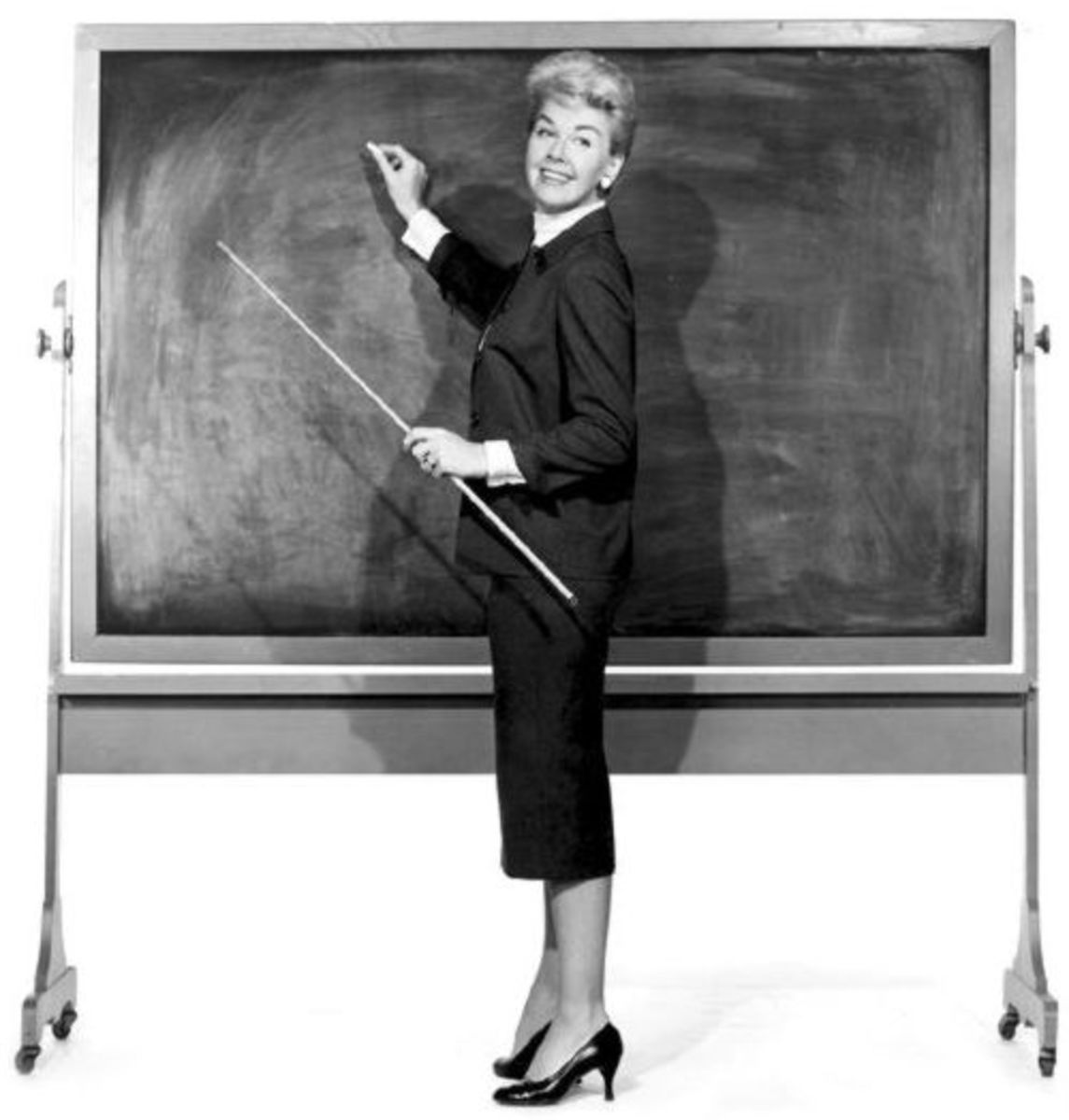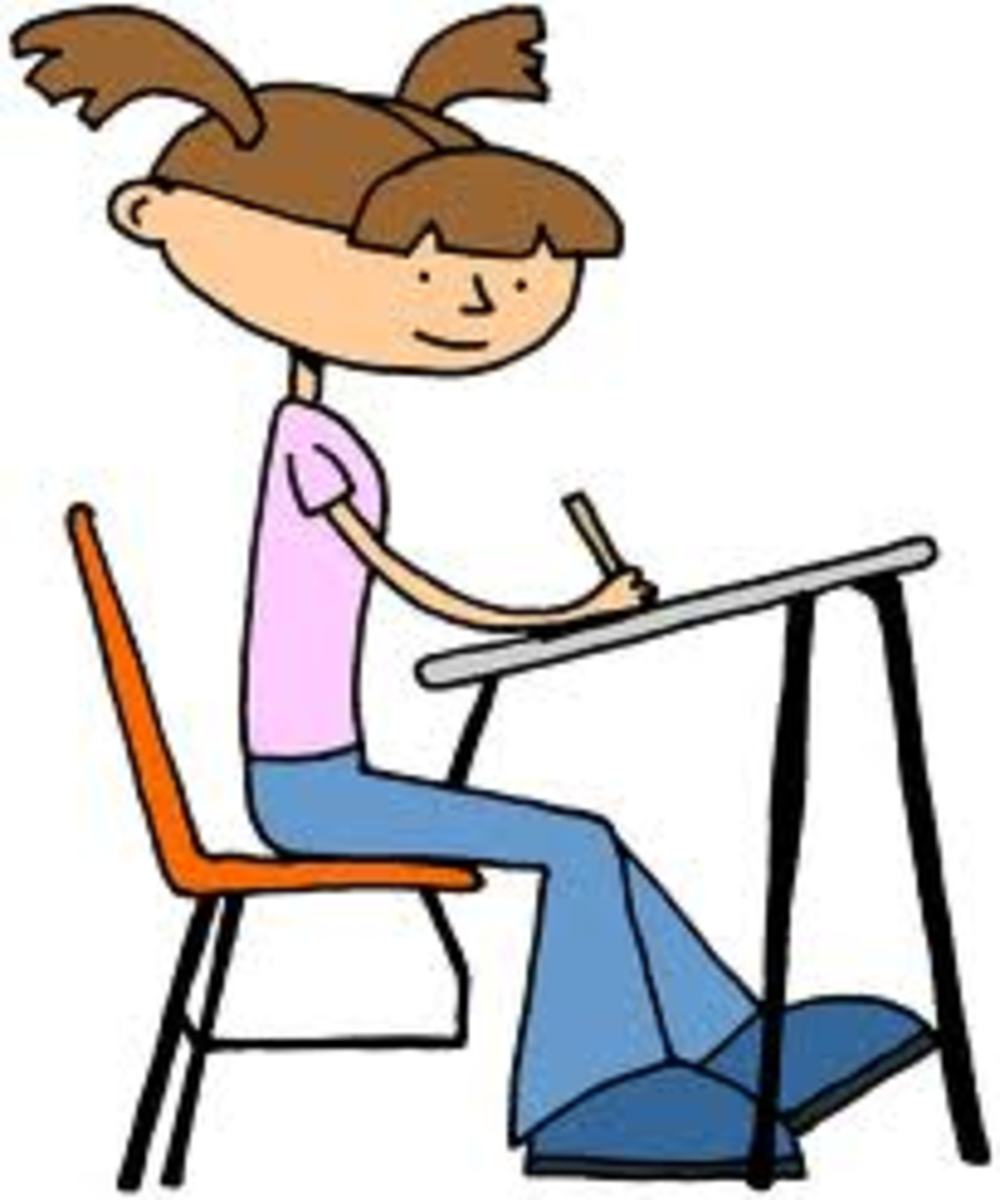The importance of improving the reading comprehension of high school and middle school students

Why is reading comprehension important?
Are you a middle school or high school teacher or maybe a home school teacher? If so, then you know that good reading comprehension skills are extremely important! Without good reading comprehension skills, student academic success is difficult at best. What a middle school student learns, understands and synthesizes in the classroom sets them up for the academic demands in high school.
Why is this so important? Testing, testing, testing. Students need to be able to read, understand, and quickly answer questions on tests like the SAT's, the high school exit exam, state tests, district tests, unit tests etc.
What is reading comprehension? Most people who read for the sheer joy of reading have good comprehension skills. If you are able to consciously monitor understanding while reading, then you have good comprehension skills. This includes being able to explain what you are reading, connect it to previous knowledge, and use the new information later on.
When it comes to reading, understanding what you are reading is most important. Why read if comprehension is not the goal? How do students acquire the comprehension skills necessary to become successful in school? Explicit, quality teacher instruction guides the student to read for a purpose, become a critical reader, and hopefully more fluent.
Teaching Strategies and Activities For All Grade Levels

The importance of reading comprehension to you the teacher
Comprehension is a complex process that demands much from the reader. It is a result of the reader interacting with the text. Good comprehension is a critical step in the development of reading skills. Good comprehension skills are critical in the pursuit of an education. It is absolutely essential for students to draw meaning and purpose from reading in order to grasp difficult concepts..
Comprehension is not developmental or acquired through osmosis. It is something that is achieved through strategic teacher instruction. There has been a lot of debate about best teaching practices in regards to reading comprehension. It is therefore critical for home school teachers, student teachers, or veteran teachers to grab all of the information that is out there on the vast topic of teaching reading. Teachers should understand the theoretical bases for, and learn how to implement effective overall comprehension teaching strategies.
Just a few examples of good teaching strategies are: Question-Answer Relationships, use of visual and graphic organizers, various pre and post reading strategies, reciprocal teaching, and KWL. Teachers should also be aware of the different learning styles of their students and use strategies most suited to their students' needs.

Comprehension is taught through all of the grade levels
Reading instruction actually begins in kindergarten with basic strategies such as predicting, questioning, and summarizing. As students progress through elementary school the reading comprehension strategies they learn and practice are in response to the different genres and expository texts required for their grade level.
Good reading comprehension skills separate the "passive" unskilled reader from the "active" readers. The passive reader may have great decoding skills and good fluency, however, answering detailed questions about the text may be difficult. Many second language students are passive readers and need quality comprehension instruction. A reader with good comprehension skills enjoys not only reading the words, but the fiction or nonfiction story they are enjoying and want to read more.
How do we know that someone has good comprehension skills?. By using both informal and formal measures that focus on the two major components of the reading comprehension formula and the skills and abilities they represent. The two major components of reading comprehension instruction are: intense vocabulary instruction and a focus on strategies that connect the reader and the text.
Reading comprehension skills and strategies are best taught while in the context of actual reading. Isolated instruction is difficult and confusing for at-risk learners. Strong reading comprehension skills are essential not only in all the subjects, but also in all facets of being an adult, both personally and professionally.

Why is there such a vast difference in student comprehension skills?
Why does one student have excellent reading comprehension strategies and is able to read and understand grade level material while another student struggles with the same material?
By the time a student reaches middle school and high school there was, or should have been, a progression of comprehension lessons through all of the grade levels. Comprehension skills are taught on a continuum as more difficult grade level material is introduced.
Unfortunately while one student is ready to move on to more challenging material, another student continues to struggle with comprehension strategies from last week, last month, or even last year. Large class sizes and the enormous number of standards that teachers are required to teach make it difficult to remediate students in upper grade classrooms.
When students reach middle school and high school they are expected to have good enough comprehension skills to learn the material. Most teachers are not able to take the time to teach their students study skills and comprehension strategies.
If teachers are willing to take a few minutes during class, there are some basic review skills that will help their students learn the material without becoming overwhelmed.
Paragraph Shrinking Activity:
1. Name the who or what the selected reading is about (main person, place, or thing.)
2. Tell the most important thing about the who or what.
3. Say what the main idea is in 10 words or less.
Other Ideas for Before, During, and After Reading
1. Before Reading:
Activate prior knowledge about the subject
Preview the headings
2. During Reading:
Use visual imagery
Monitor comprehension
3. After Reading:
Summarize in own words
Ask clarifying questions

Skills Necessary for Good Reading Comprehension
What is required for good comprehension?
There are many factors that need to come together to enable good comprehension:
* Fluency - Reading the words quickly and accurately
If the reader is stumbling over the words and struggling to decode while reading, then comprehension will suffer.
* Oral Language Skills - Good vocabulary skills are a must for good comprehension
Knowing the meaning of the words is a must while reading any text, especially expository texts
* Background knowledge or schema - The reader must have prior knowledge about what is being read
* Comprehension Strategies - The person must have strategies to improve comprehension if meaning breaks down.
For instance: rereading, making connections
* Inferential Skills - The reader must be able to use clues in the text to come to conclusions.
* Interest and Motivation - There must be a reason for reading and the task at hand.

Active Participation
How Do We Get All Students to Participate?
By middle school and high school, most kids feel that just being there is enough. The whole notion of "hand raising" to drive discussions just doesn't work. It's usually the high performing kids, fluent English speakers etc. that dominate the discussion. Here are a few practices to use to involve all of the students:
* Choral Responses - all say together - wakes kids up - gives thinking
time
* Partner Responses - most useful for content area reading instruction
-teacher chooses - high with niddle performing, middle with
lower
-Number students 1 or 2 so you can choreograph involvement
-regularly ask students to share answers with a partner before
randomly calling on them: Benefits would include:
1. Kids would get feedback from a partner
2. More time to think and rehearse
3. Likely to be more confident to share with the group
4. More kids participating
Practical Ideas for Teaching in a Mixed Ability Classroom
Support materials for middle school and high school teachers
Interesting reading books for sale on eBay by well known authors










